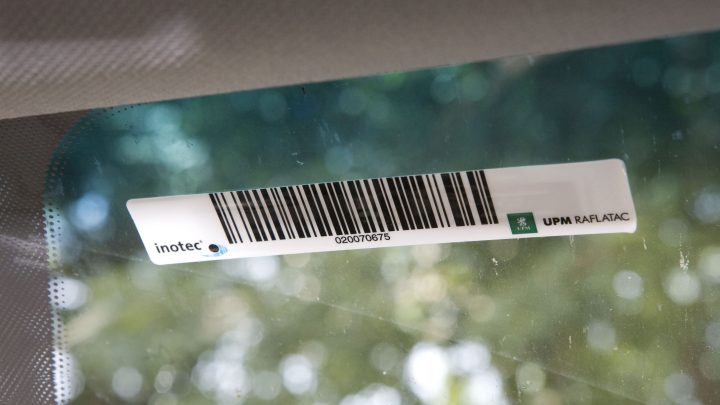
The little black lines that could: The barcode and its staying power
The little black lines that could: The barcode and its staying power

If you pay attention while you’re at the grocery store, you might notice something omnipresent, something immediately identifiable, but so normal it fades into the background: vertical black lines separated by white space.
It is the humble barcode.
You’ll see it at the grocery store, obviously, but also on library books, concert tickets and that package that just came in the mail. And yet, the people who developed the data standard in 1973 could hardly know that “this icon of capitalism” would still be plugging along 50 years later, scanned billions of times a day.
Jordan Frith, a professor at Clemson University and author of “Barcode,” joined us to share a bit of history on how the barcode came to be and why it has such staying power.
“Part of the reason they’ve succeeded this long is that they work fine,” Frith said. “They’re kinda like a pencil. You don’t need a better pencil.”
To hear Frith explain the barcode’s history, click the audio player above.
There’s a lot happening in the world. Through it all, Marketplace is here for you.
You rely on Marketplace to break down the world’s events and tell you how it affects you in a fact-based, approachable way. We rely on your financial support to keep making that possible.
Your donation today powers the independent journalism that you rely on. For just $5/month, you can help sustain Marketplace so we can keep reporting on the things that matter to you.











